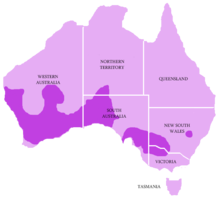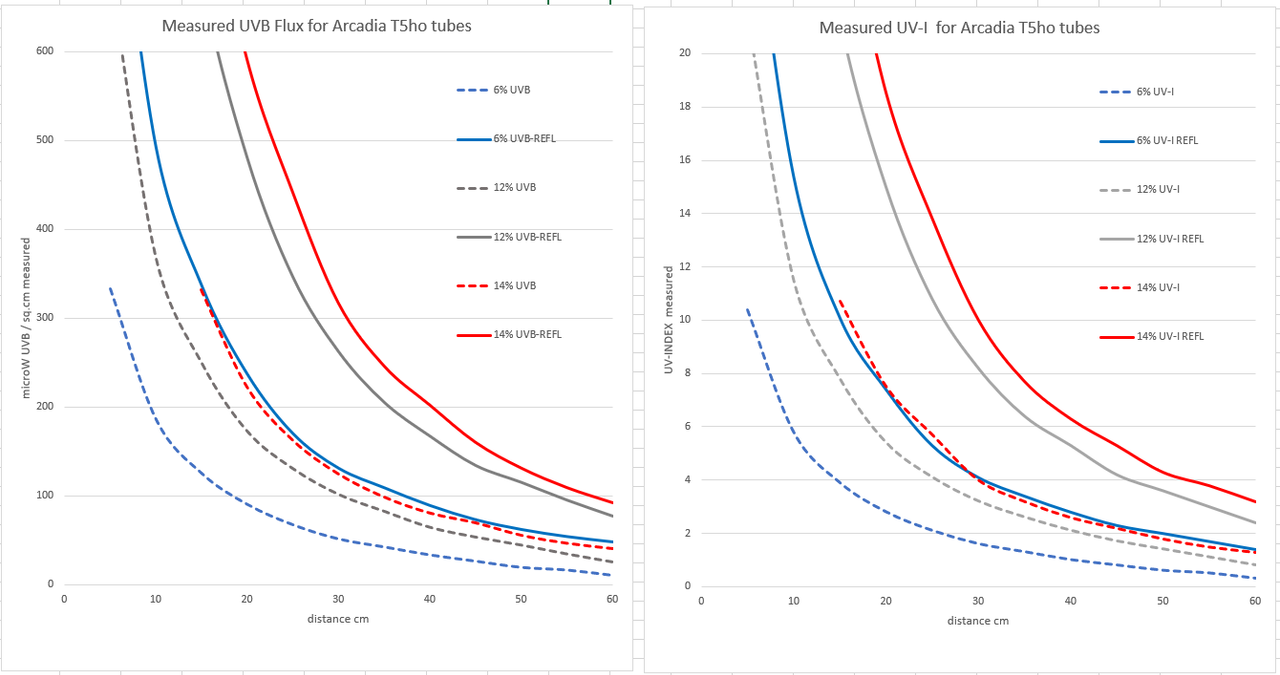rainmonitors
Not so new Member
- Joined
- Jul 7, 2018
- Messages
- 48
- Reaction score
- 5
Hey guys. A while ago I found my Western Blue Tongue a foster home after the person I am living with forced me to rehome him. Next week I get my keys to my new apartment, and soon after I'll be ready to have him home again!
He's now going to have his permanent 4x2x2 ft vivarium, from his 3 ft viv. A few things will be changed, and the UVB will be one. His previous viv came with a UVB setup, as it was second hand, but the bulb was new so it wasn't an issue to replace yet.
The controller is an Arcadia T5: http://www.arcadia-aust.com.au/24-39w-ip67-plug-socket-controller-aquatic-wholesale-only
The previous bulb was: https://zoomed.com/t5-ho-reptisun-10-0-uvb/ (39w)
So my question is, what UVB is best recommended for a Western Blue Tongue? No, I will not not provide UVB to him. "Why risk it?" as Clint's Reptiles would say. Plus, I already have the UVB controller.
Should I stick with the same bulb, or should I use a less powerful (eg. not high output) T5 UVB tube? Should the UVB tube be the whole length of the viv, or only 1/2 or 2/3, etc.
Also, slightly unrelated, but what is the difference between T5 and T8 UVB tubes? I can't wrap my head around it!
He's now going to have his permanent 4x2x2 ft vivarium, from his 3 ft viv. A few things will be changed, and the UVB will be one. His previous viv came with a UVB setup, as it was second hand, but the bulb was new so it wasn't an issue to replace yet.
The controller is an Arcadia T5: http://www.arcadia-aust.com.au/24-39w-ip67-plug-socket-controller-aquatic-wholesale-only
The previous bulb was: https://zoomed.com/t5-ho-reptisun-10-0-uvb/ (39w)
So my question is, what UVB is best recommended for a Western Blue Tongue? No, I will not not provide UVB to him. "Why risk it?" as Clint's Reptiles would say. Plus, I already have the UVB controller.
Should I stick with the same bulb, or should I use a less powerful (eg. not high output) T5 UVB tube? Should the UVB tube be the whole length of the viv, or only 1/2 or 2/3, etc.
Also, slightly unrelated, but what is the difference between T5 and T8 UVB tubes? I can't wrap my head around it!








